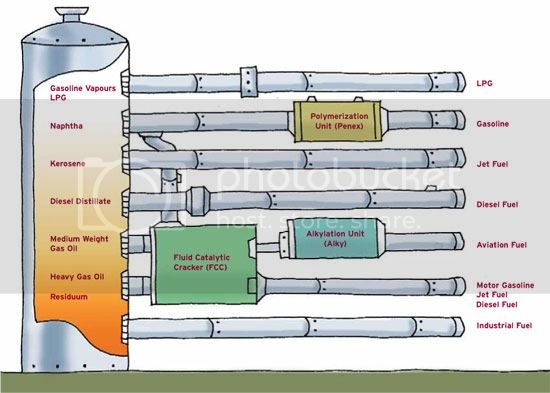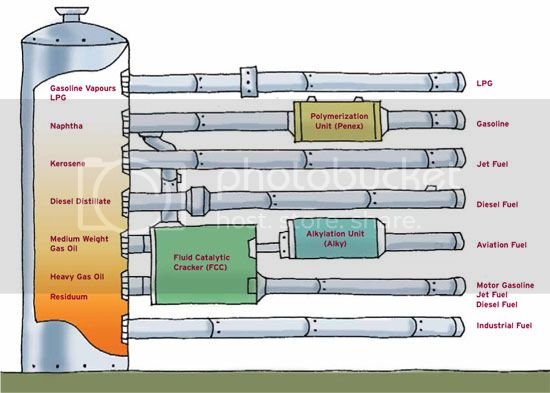Refineries run filters as well as the tankers them selves and the only difference between 87 and 93 is the additives. The product comes from the same source and the additives is mixed on the rack...which both receives detergents for cleaner emissions. The idea behind high octane is for engines that need slower burning fuel aka high compression. You're also dealing with attitude factors. Attitude effects the air/fuel ratio on a vehicle. Modern vehicles are easily adaptable to changing environment due to computers. This is where the extra power comes in from aftermarket tunes. Your avaverage vehicle is tuned a little on the fat side so the vehicle can be driven all over the country without concerns of running lean but that another story.
Anyhow, it' my opinion that people should b mor concerned about th additive used in the fuel. Quality product can help prevent damag to an engine over time while a lack of quality product could shorten it's life span.
So in your experienced opinion, which gas stations are the best and which are the worst?





